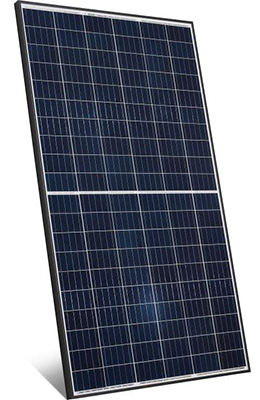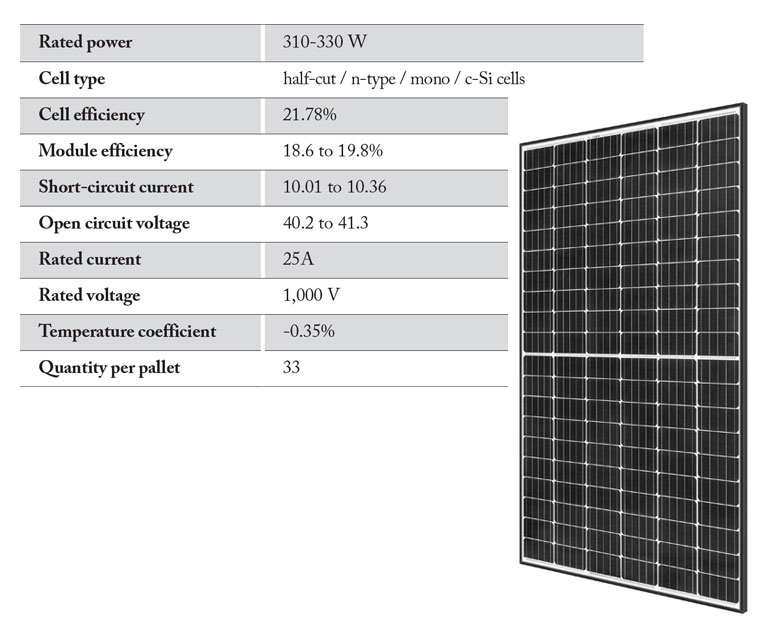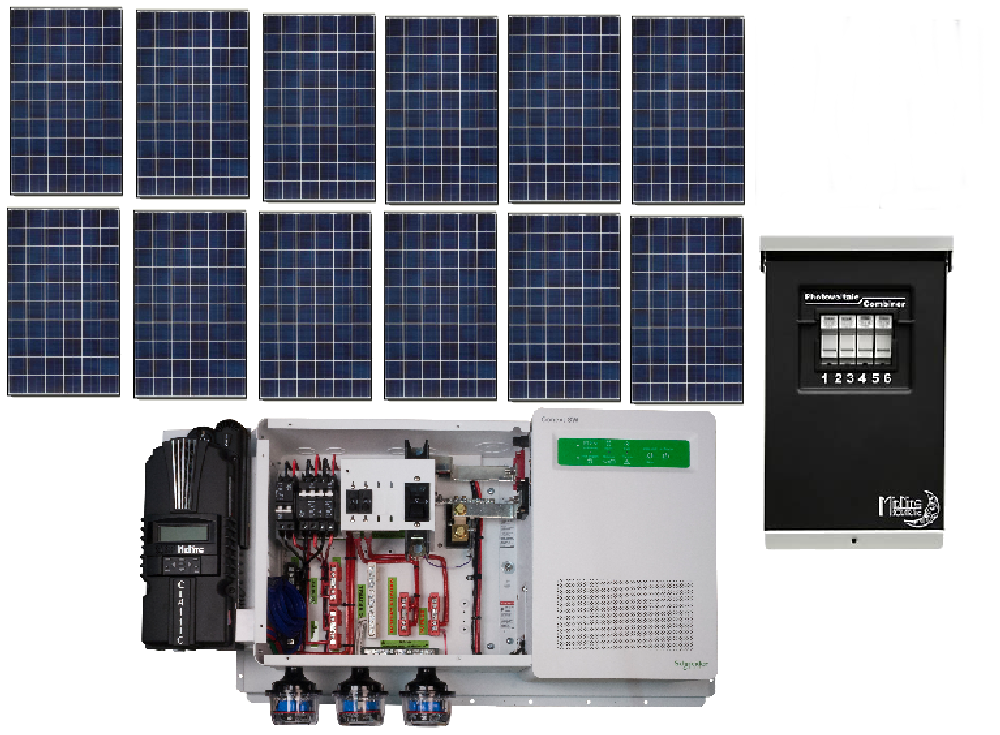Rec Twin Peak Solar Panels Review

The result a solar panel review with no room for discretionary bias and the transparency you desire.
Rec twin peak solar panels review. Their efficiencies range from 18 6 to 19 8. Unlike many opinionated reviews the solar review panel assessment criteria compares the rec twinpeak 2 mono series panel against the industries best known specifications. Rec panels have consistently scored well in the internationally recognised dnv gl independent solar module testing program scoring as a top performer in all four durability tests. Regarded as an industry innovator in split cell solar module technologies rec solar panels without leveraging on price are beginning to earn a reputation as an option which possesses severely good value.
Overall rec solar panels review. Rec twinpeak 2 series solar panels feature an innovative design using 120 laser cut polysilicon hc solar cells. Rec twinpeak 2 panels. Rec group is europe s largest manufacturer of solar panels and has offices in europe the united states asia and australia.
Features of rec n peak with up to 330 wp in a 60 cell panel and an efficient cell technology that captures more sunlight rec n peak is rec s most powerful panel. The panel is split into two identical sections in its unique twin cell technology due to which energy is produced continuously even when part of the panel is shaded. With their new alpha and alpha black series of solar panels rec has introduced a high powered solar panel that competes. Durability of the rec twinpeak 2 series presents as very good when subjected to the solar review module assessment criteria.
Notably salt mist and hail resistance is high calibre when compared to the industry average areas of intense wind loading and desert conditions thermal cycles may seek greater specifications. Rec n peak panels are their current top of the range offering. 4 minutes last updated on july 21 2020. Rec solar panels review 2020 overall solar review.
This results in higher panel efficiency that when combined with the other optimized components of the module can provide over 12 watts more power output per panel than traditional polycrystalline technologies.














































